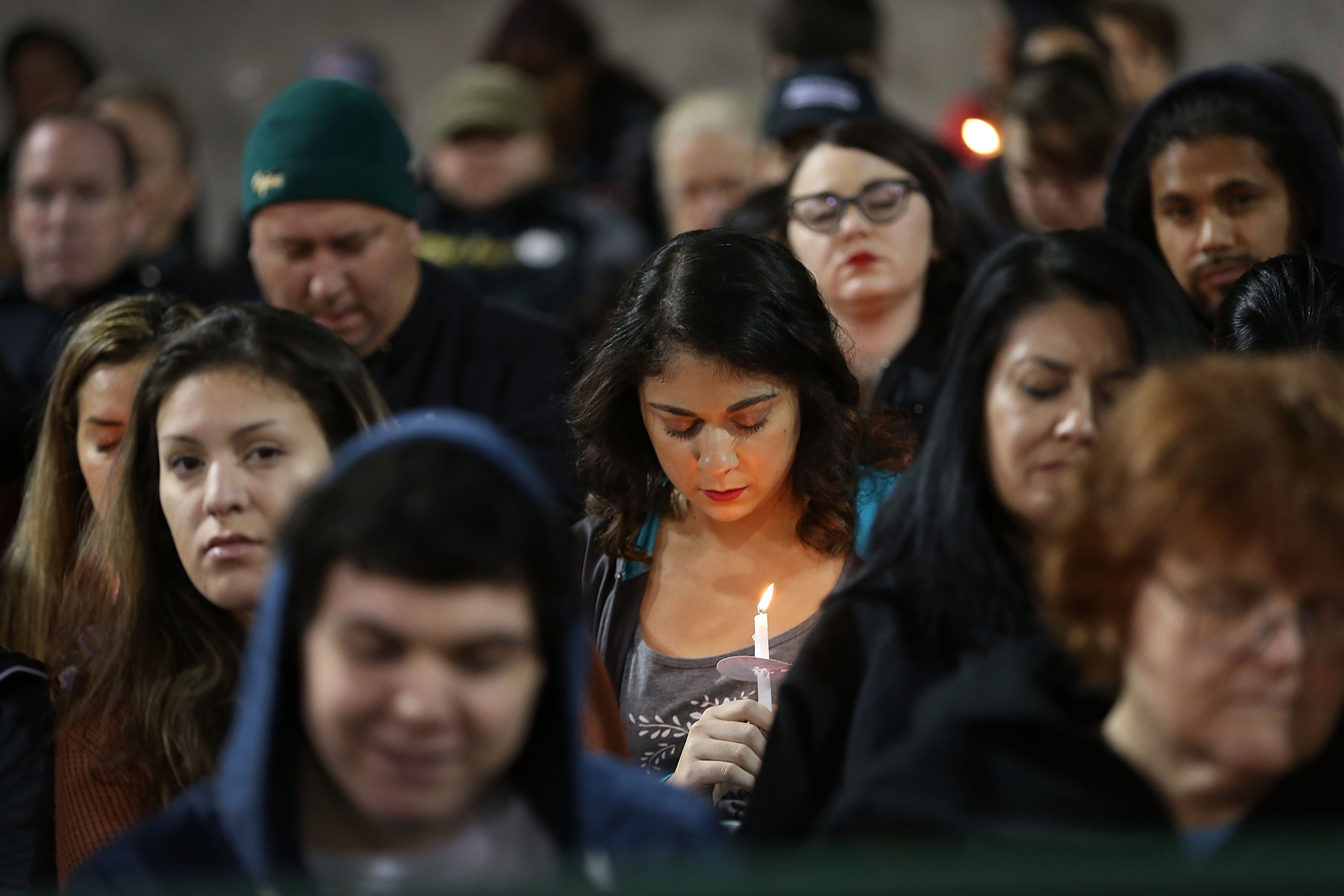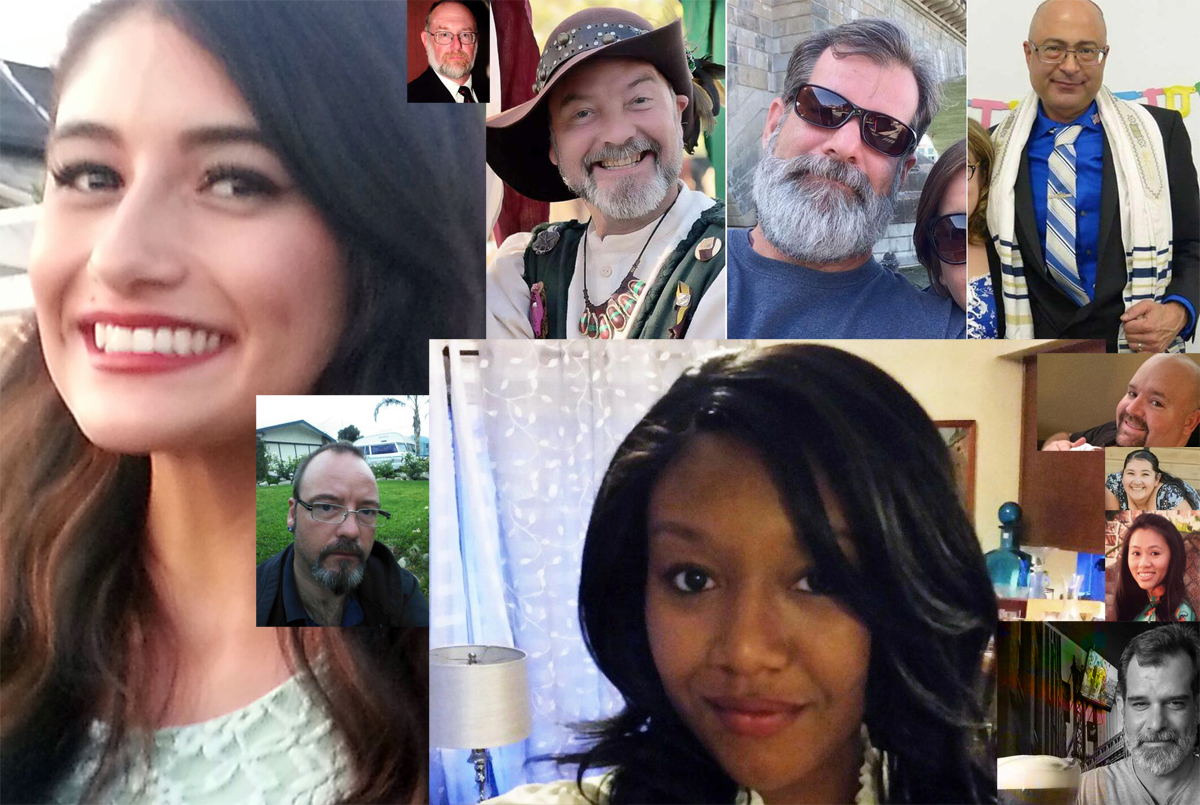In the aftermath of the killings in San Bernardino, Calif., the nation has retreated to the corners we regularly inhabit. The political fighting that’s underway is exactly the same as what we’d expect. The stories in the media are exactly the stories we’ve come to expect. We choose sides reflexively.
I was struck today by the picture on the front page of the local newspaper. It was the boyfriend of one of the people killed, sobbing after learning his boyfriend was dead. Not long ago, the last thing that would appear on the front page of a newspaper to define a story like this is a gay man mourning a lost love.
We’ve come a long way in a relatively short period of time. Our individual journeys are the threads that define us collectively.
The usual debates aren’t without merit. Nonetheless, there’s a message for us somewhere in the pictures of the people who died, if we can just stop long enough to notice it.
They were gay. They were straight. They were white. They were black. They were Asian. They were old. They were young. They were immigrants escaping persecution. They were born here.
Their images mirrored the faces at vigils last night where strangers left the comfort of their corners to mourn them.


The faces are everything our subsequent tendency to separate into like-minded groups says we’re not.
And at the worst possible time, this week’s victims were together celebrating the fact that they were together.
Their stories of how they came to be where they died — told here and here — are incredible, uplifting journeys within the greater tragedy of their end.
Their stories are our story.

